Reviewed by Corey Noles
Apple's first foldable iPhone is no longer a matter of "if" but "when"—and that "when" appears to be fall 2026. After nearly a decade of patents and speculation, the iPhone Fold is finally moving from Cupertino's labs to production lines. Ming-Chi Kuo reports that Foxconn will begin manufacturing late in Q3 2025, targeting a launch alongside the iPhone 18 lineup.
Here's the twist that changes everything: this accelerated production timeline is enabling Apple's most aggressive pricing strategy yet. While early rumors suggested a $2,000+ price tag, UBS analysis now points to a potentially more accessible $1,800 starting price—suddenly transforming a luxury experiment into an aspirational mainstream play.
The global foldable market has been waiting for Apple's entry. While Samsung dominates with 40% market share, the segment has seen sluggish growth, with TrendForce noting that 2026 "will be exciting and rejuvenating for the segment with the entry of Apple." The question isn't whether Apple can make a foldable—it's whether they can make one that doesn't just compete, but redefines what we expect from folding phones.
The holy grail: A virtually crease-free display
Here's what sets Apple's approach apart from every foldable that's come before it. According to Apple's own patents, the company has developed technology that prevents displays from creasing through chemical processing and specialized materials. The display is thinned at the folding area, with Apple's patent revealing that grooves in the display are countered with a transparent cover layer and polymer strengthening using UV light and heat curing.
But Apple isn't going it alone. Ming-Chi Kuo confirms that Samsung Display will supply "crease-free" displays exclusively for the iPhone Fold, utilizing a metal plate system to disperse bending stress. This partnership is crucial—Samsung's technological edge in minimizing screen creases was reportedly the deciding factor in Apple's supplier choice, excluding LG Display and BOE entirely.
Why does this matter for mainstream adoption? Consumer research consistently shows that visible creases remain the top barrier preventing traditional smartphone users from switching to foldables. By potentially solving this fundamental usability issue, Apple could unlock demand from the 98% of smartphone buyers who've avoided foldables precisely because of durability and aesthetic concerns.
The engineering challenge here is immense. While Samsung's Galaxy Z Fold 7 still has a visible crease, Apple is demanding a custom solution that could finally deliver the "invisible" fold line that consumers have been waiting for.
Engineering marvel: Thinner than an iPad Pro when open
Get ready for some mind-bending physics. Kuo reports the iPhone Fold will measure just 4.8mm when unfolded—making it Apple's thinnest product ever, beating the 13-inch M4 iPad Pro's 5.1mm profile. Even when folded, it'll be only 9-9.5mm thick, barely thicker than a regular iPhone.
This ultra-thin profile addresses real daily-use concerns that plague current foldables. At 4.8mm unfolded, the device becomes genuinely comfortable for extended one-handed use—critical for productivity apps and media consumption. The slim folded dimension means it actually fits naturally in pockets without the bulk that makes today's foldables feel like carrying two phones stacked together.
Achieving this thinness requires what reports suggest will be a titanium alloy chassis and "liquid metal" hinge mechanism—premium materials that justify the premium price while solving real usability concerns. But there's a strategic trade-off here: this extreme thinness likely constrains battery capacity, which may explain why Apple is prioritizing efficiency gains from their custom silicon to maintain all-day usage.
The display specifications are equally impressive: a 7.8-inch inner display and 5.5-inch outer display, essentially giving you an iPhone that transforms into an iPad mini. 9to5Mac notes this will function "like an iPhone when folded, and resemble an iPad mini when unfolded."
What makes this different from Samsung's approach
Apple's foldable strategy diverges significantly from the competition. While China's foldable market grew 27% in 2024 and Huawei now leads globally with 34.3% projected market share, Apple is taking time to perfect the fundamentals that others have compromised on.
The camera setup reveals Apple's practical approach: just two rear cameras and one front camera, plus Touch ID instead of Face ID for authentication. This streamlined specification reflects Apple's philosophy of deliberate restraint—but it's also a strategic cost management decision that enables the competitive $1,800 pricing. Fewer premium components mean lower bill-of-materials costs, which Apple can pass along as savings rather than pure profit maximization.
Bloomberg's Mark Gurman reports the device will use a "much higher-quality hinge" compared to competitors, allowing for a "nearly invisible" crease. Apple's elaborate hinge patents show interconnected links, crescent-shaped slots, and rotation synchronization mechanisms designed for hundreds of thousands of bends without failure.
The real differentiator might be iOS optimization. Rumors suggest iOS 19 will introduce Stage Manager-style multitasking functionality, potentially laying groundwork for true iPhone multitasking that takes advantage of the larger unfolded display.
The $1,800 question: Premium pricing with mainstream potential?
Here's where things get interesting from a market perspective. Early price estimates ranged from $2,000 to $2,500, putting the iPhone Fold squarely in ultra-premium territory. But UBS analysis suggests Apple could achieve a bill of materials around $759, potentially enabling an $1,800 retail price—cheaper than Samsung's $1,999 Galaxy Z Fold 7.
The consumer psychology here is crucial: $1,800 represents a fundamentally different purchase decision than $2,500. Instead of being purely exclusive luxury, this price point creates what analysts call "aspirational accessibility"—expensive enough to feel premium, accessible enough for upper-middle-class buyers to justify as a two-year investment.
UBS notes that Apple's cost discipline could deliver contribution margins of 53-58%, in line with Samsung's foldables but well above standard iPhone margins. At $1,800, the iPhone Fold becomes aspirational rather than purely exclusive.
Samsung Display expects to supply over 15 million OLED displays annually—significantly more than the initially projected 9 million units. This volume suggests Apple anticipates demand similar to iPhone Pro models rather than experimental niche products. At 15+ million units, Apple gains supply chain leverage that drives down component costs and enables competitive pricing against future Samsung iterations.
What this means for the smartphone industry
Apple's entry could be the catalyst the foldable market needs. TrendForce projects that "Apple's 2026 debut could be the turning point that drives foldables into the mainstream," noting that their "signature focus on ecosystem integration and stability" with "deep iOS optimization for foldable use cases" will appeal to high-end users.
Sound familiar? Apple's playbook here mirrors their approach with smartwatches, tablets, and wireless earbuds—enter markets after competitors establish categories, then redefine consumer expectations through seamless ecosystem integration and premium build quality. The timing couldn't be better: global foldable shipments declined for the first time in Q3 2024, creating an opening for dramatic disruption.
The broader implications extend beyond just foldables. If Apple successfully demonstrates mainstream demand for $1,800+ smartphones, it could reshape traditional flagship pricing across the industry. Premium Android manufacturers may feel pressure to justify their own pricing through foldable innovations, while Apple's own standard iPhone lineup could see upward pricing pressure as the Fold establishes new premium tiers.
PRO TIP: If you're considering upgrading to a foldable in 2026, the iPhone Fold's rumored crease-free display and premium build quality might justify waiting over current alternatives, especially if pricing lands closer to $1,800 than $2,500.
The innovation pipeline: What comes after the fold
Apple's foldable journey extends beyond just one device. Patent filings reveal force-sensing spring systems designed for foldable iPhones, hybrid iPad-MacBooks, and more. The company has been working on foldable concepts for nearly a decade, with flexible-display patents dating back to 2014.
The iPhone Fold represents just the beginning of Apple's foldable strategy. Industry observers expect this initial success to pave the way for larger foldable iPads and eventually hybrid devices that blur the lines between tablets and laptops. If Apple can crack the code on mainstream foldable adoption with the iPhone, it opens entirely new product categories that could reshape computing for the next decade.
In short, your next iPhone might indeed unfold—and at $1,800, it might be more accessible than anyone expected. The real question isn't whether Apple can make a great foldable, but whether they can make one that finally convinces the other 98% of smartphone buyers to embrace the fold.




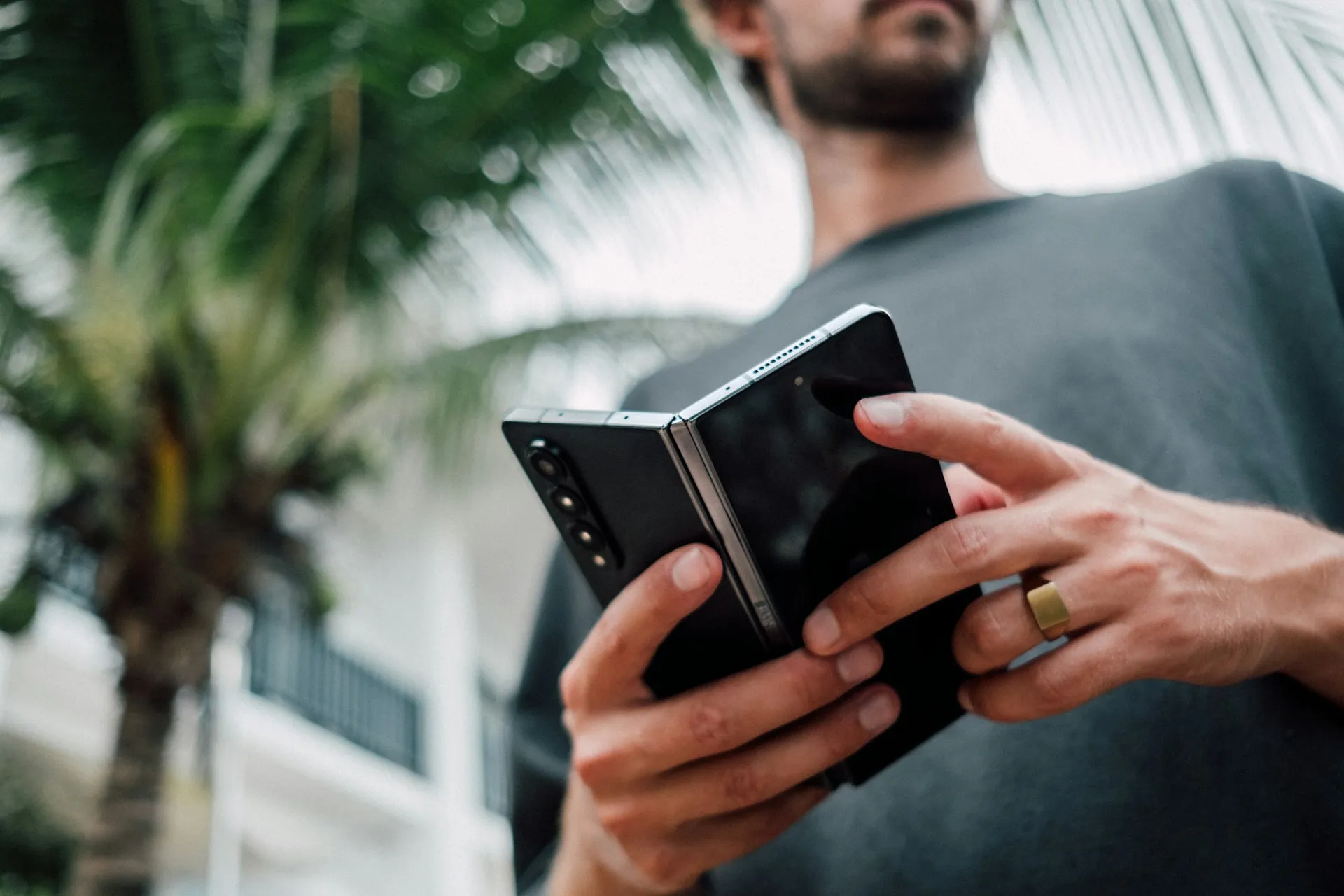
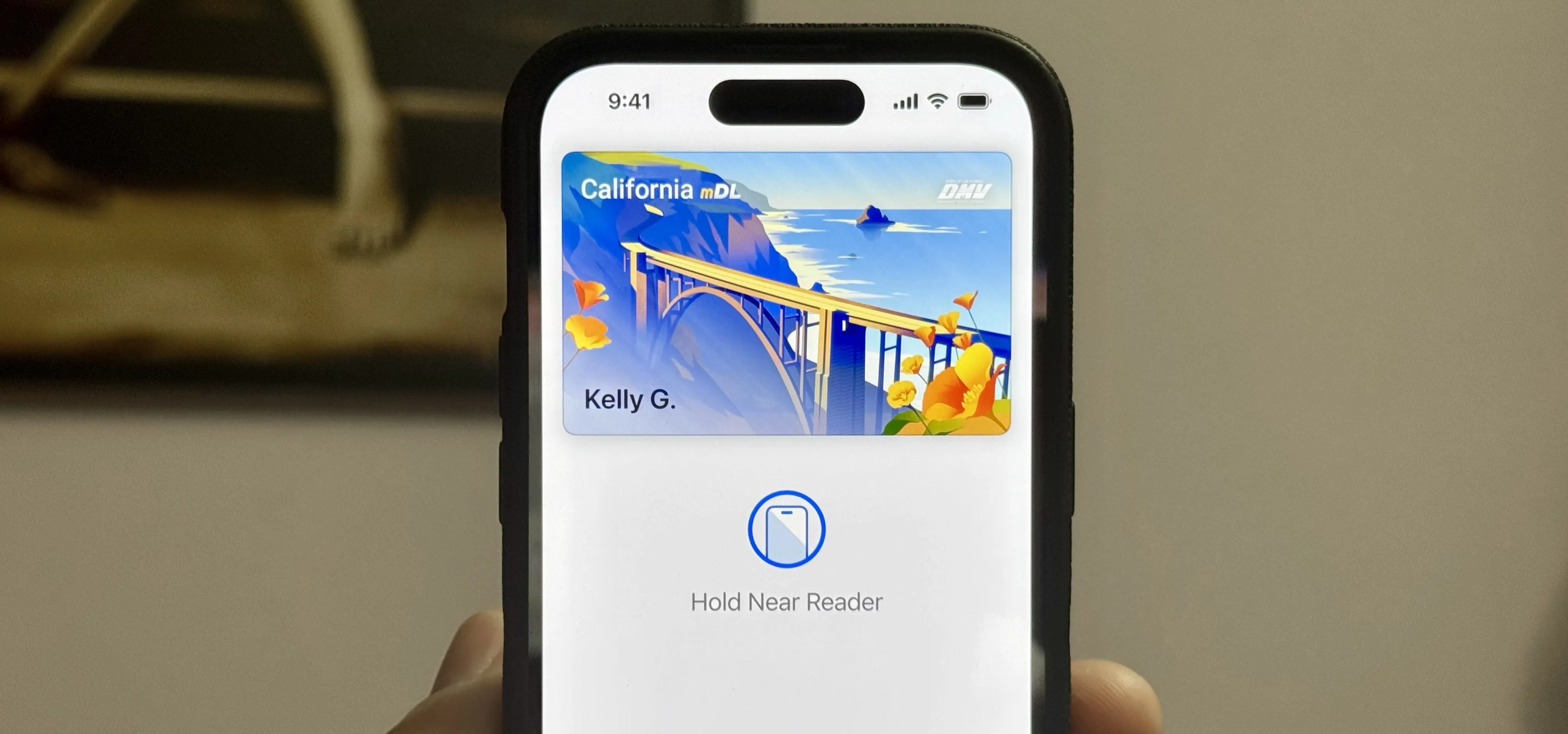
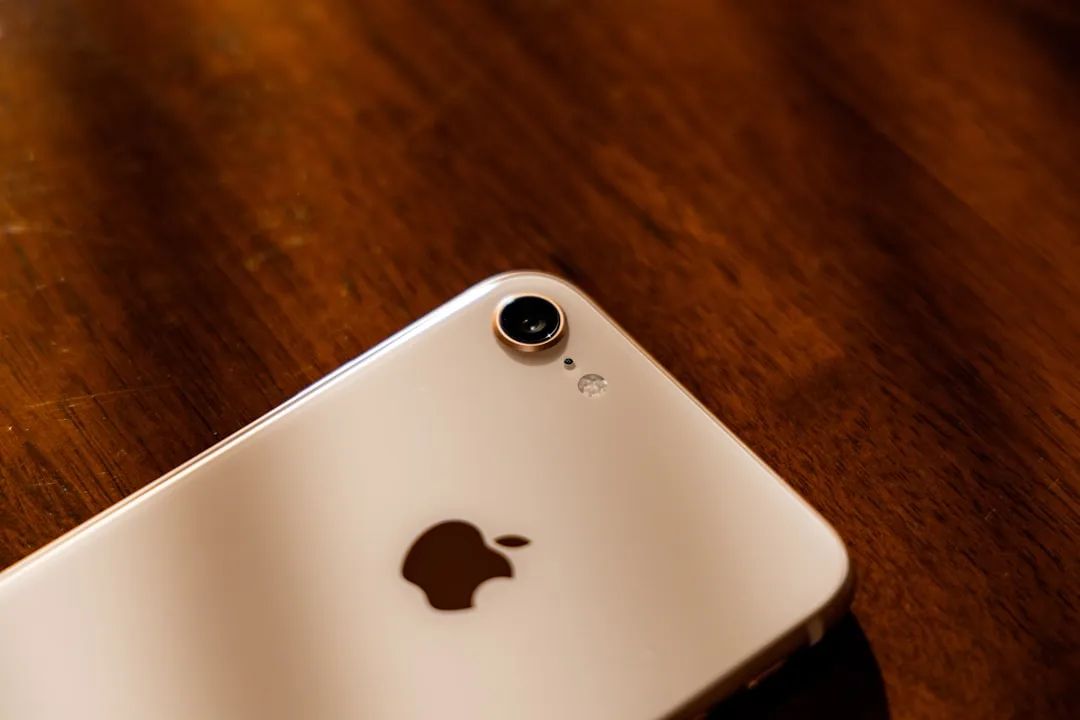
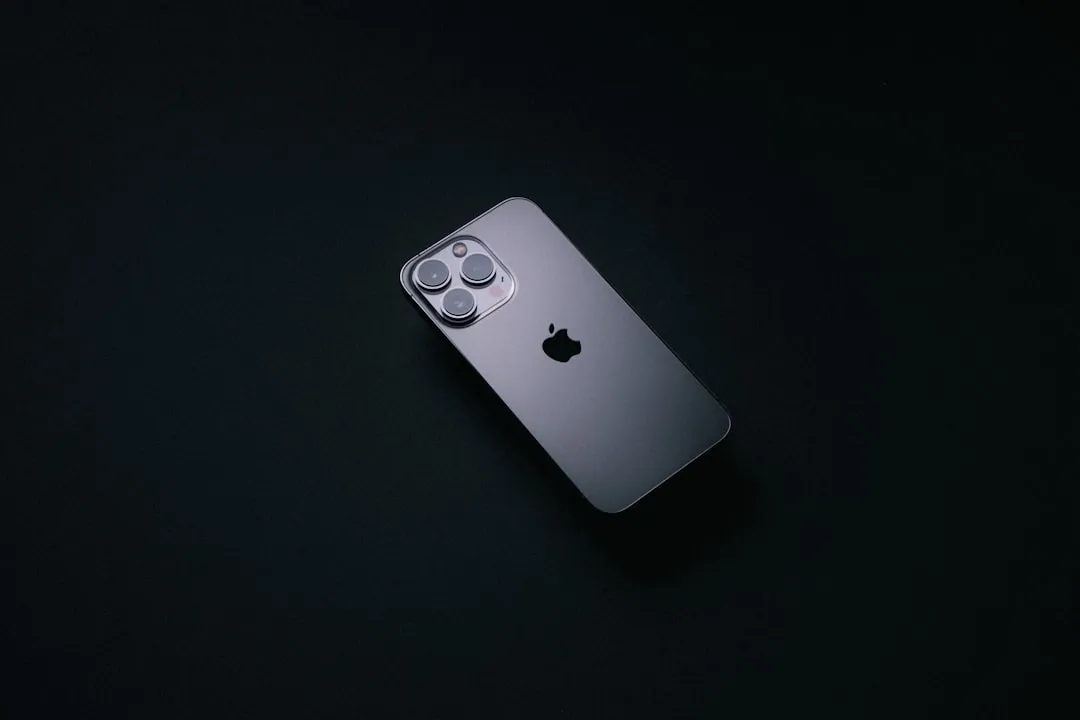
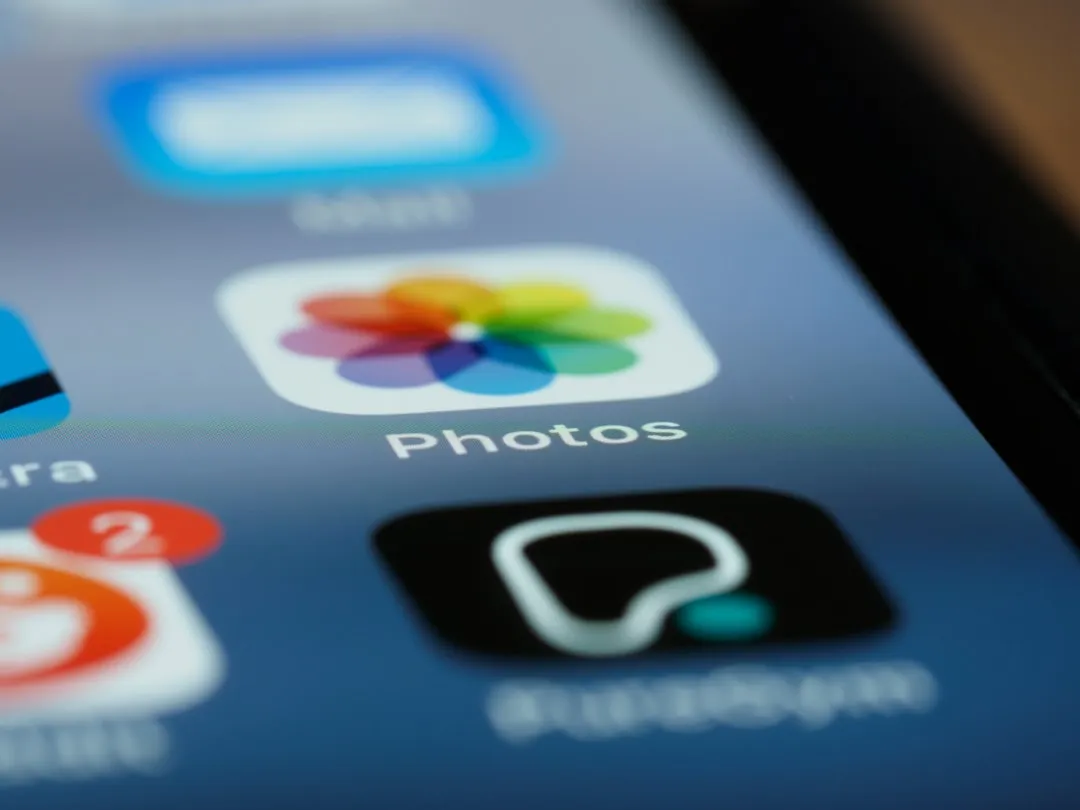
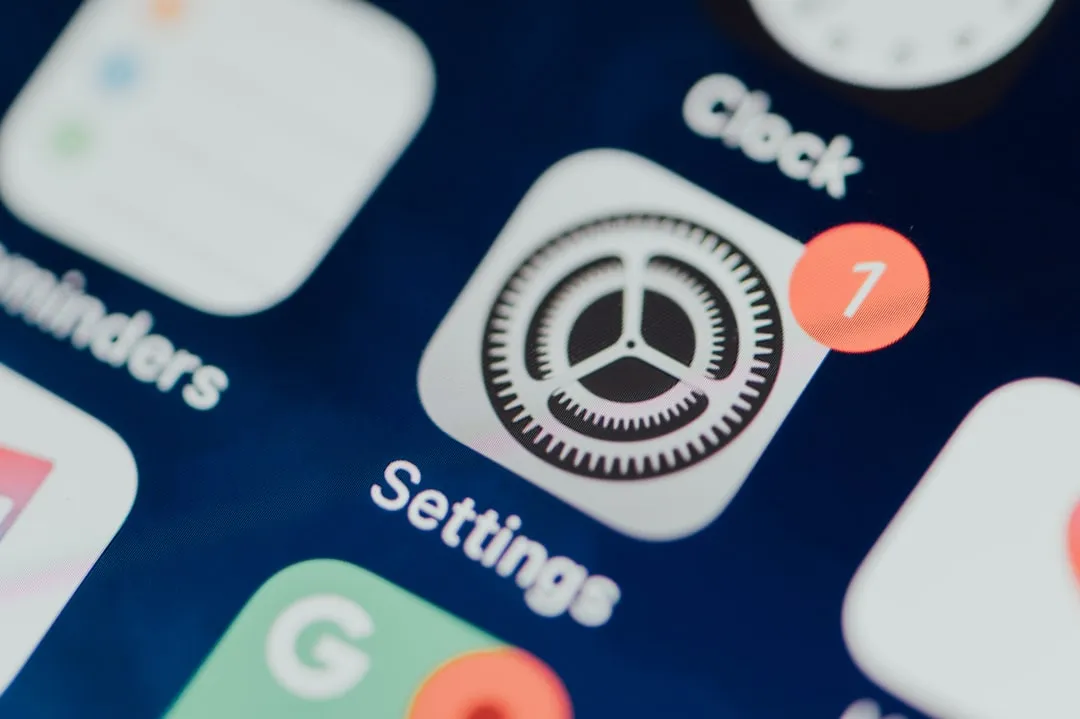
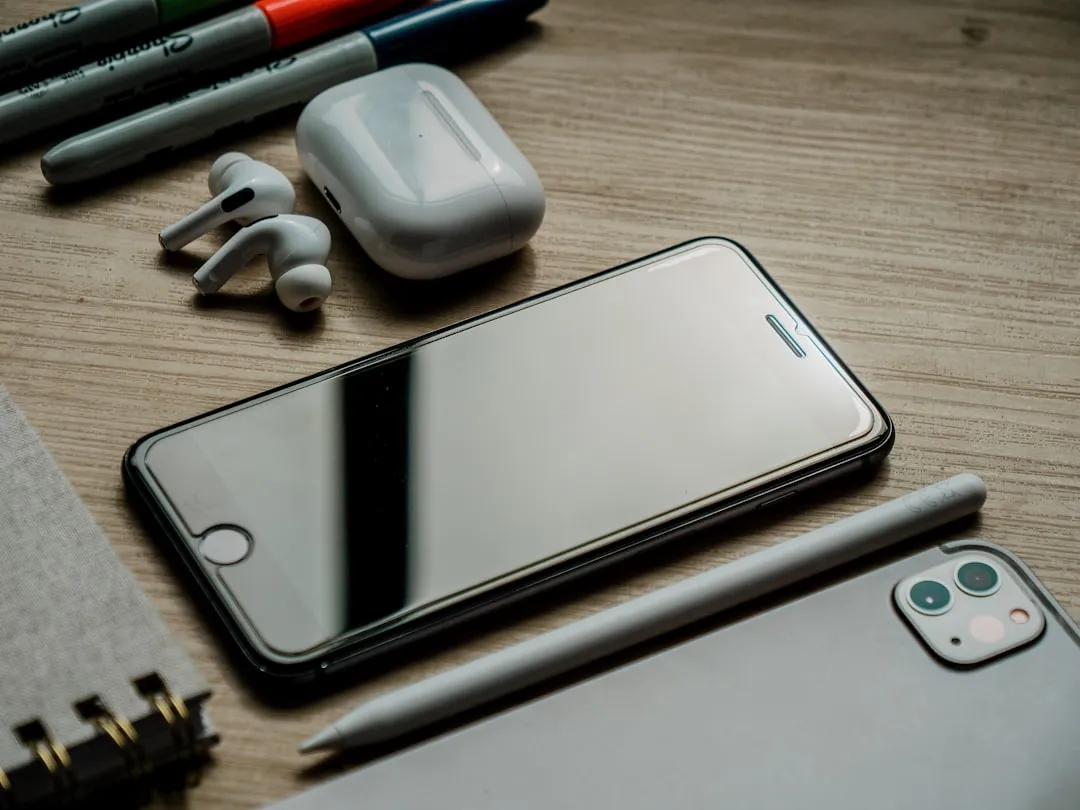

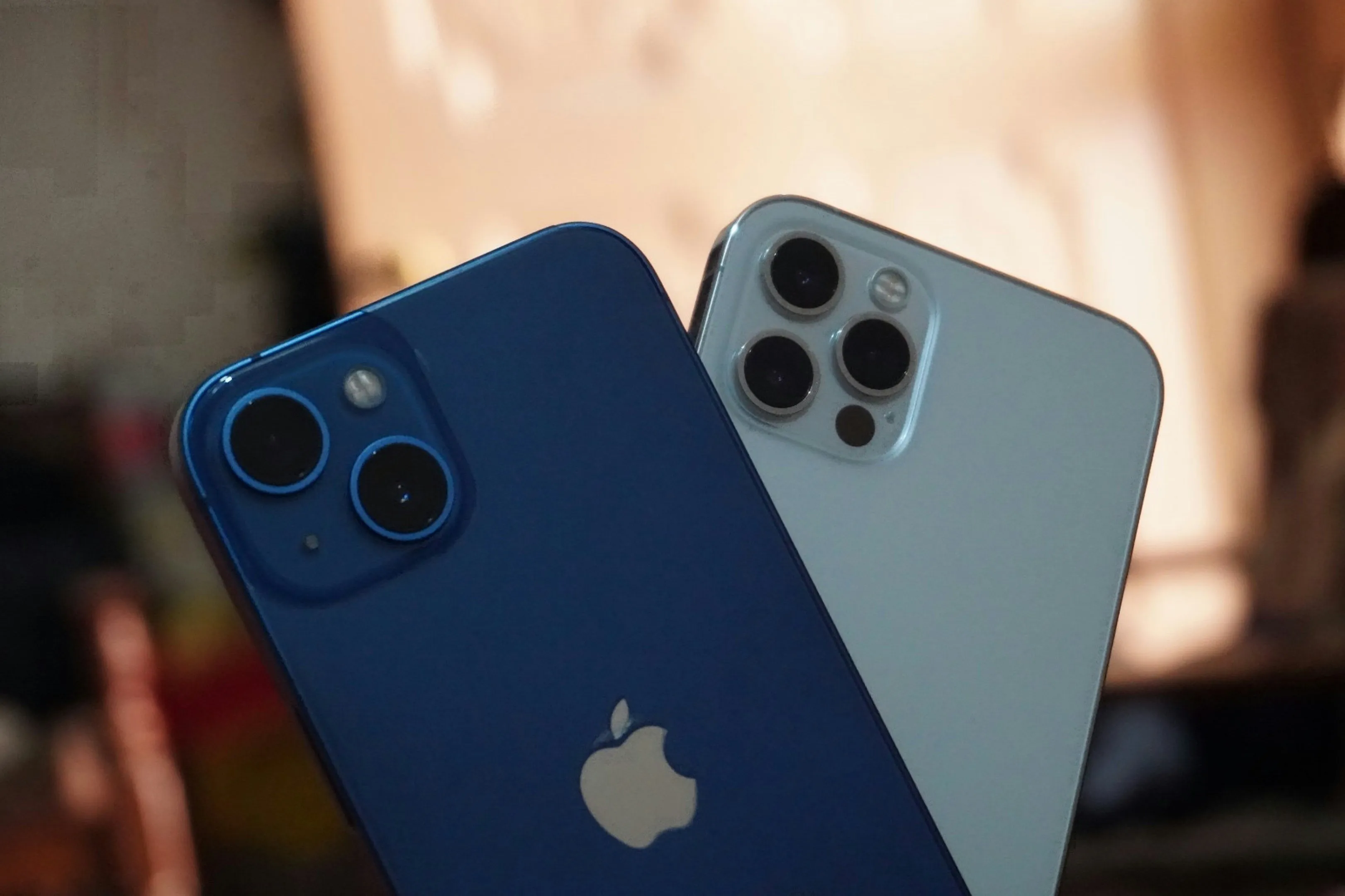

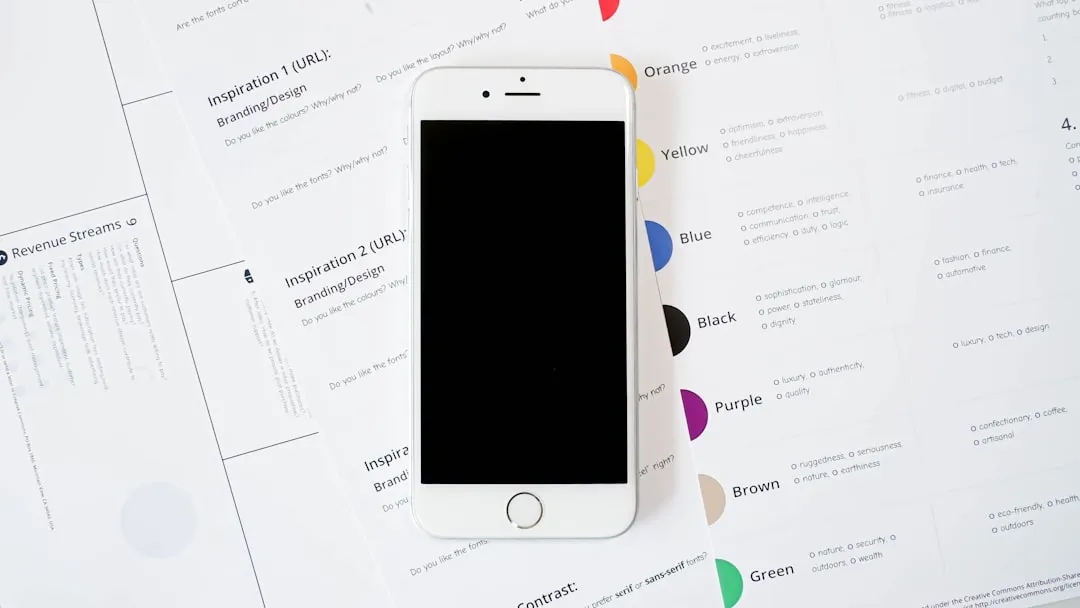
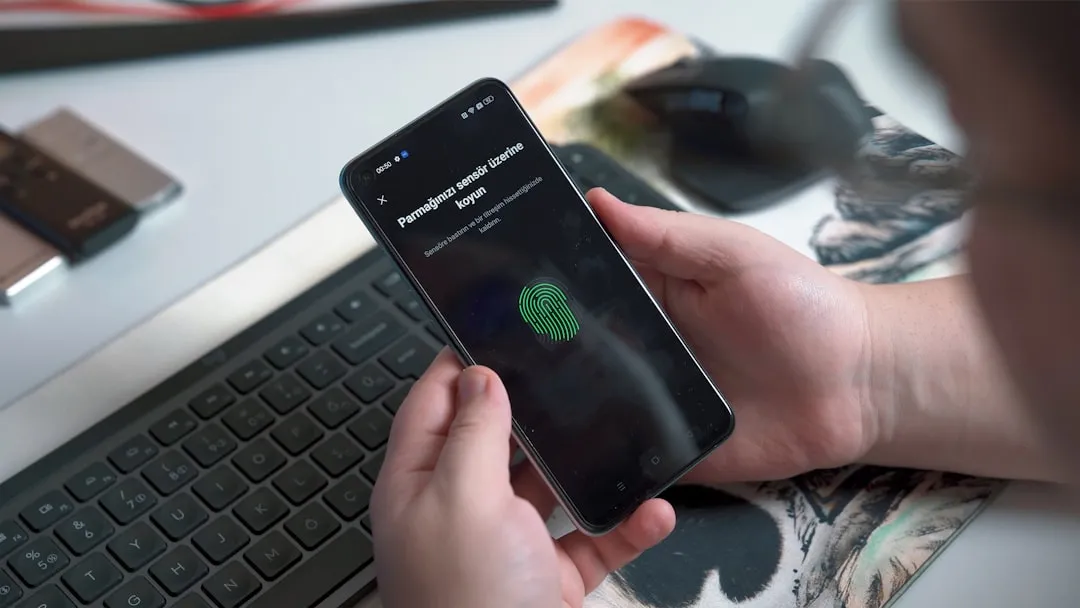
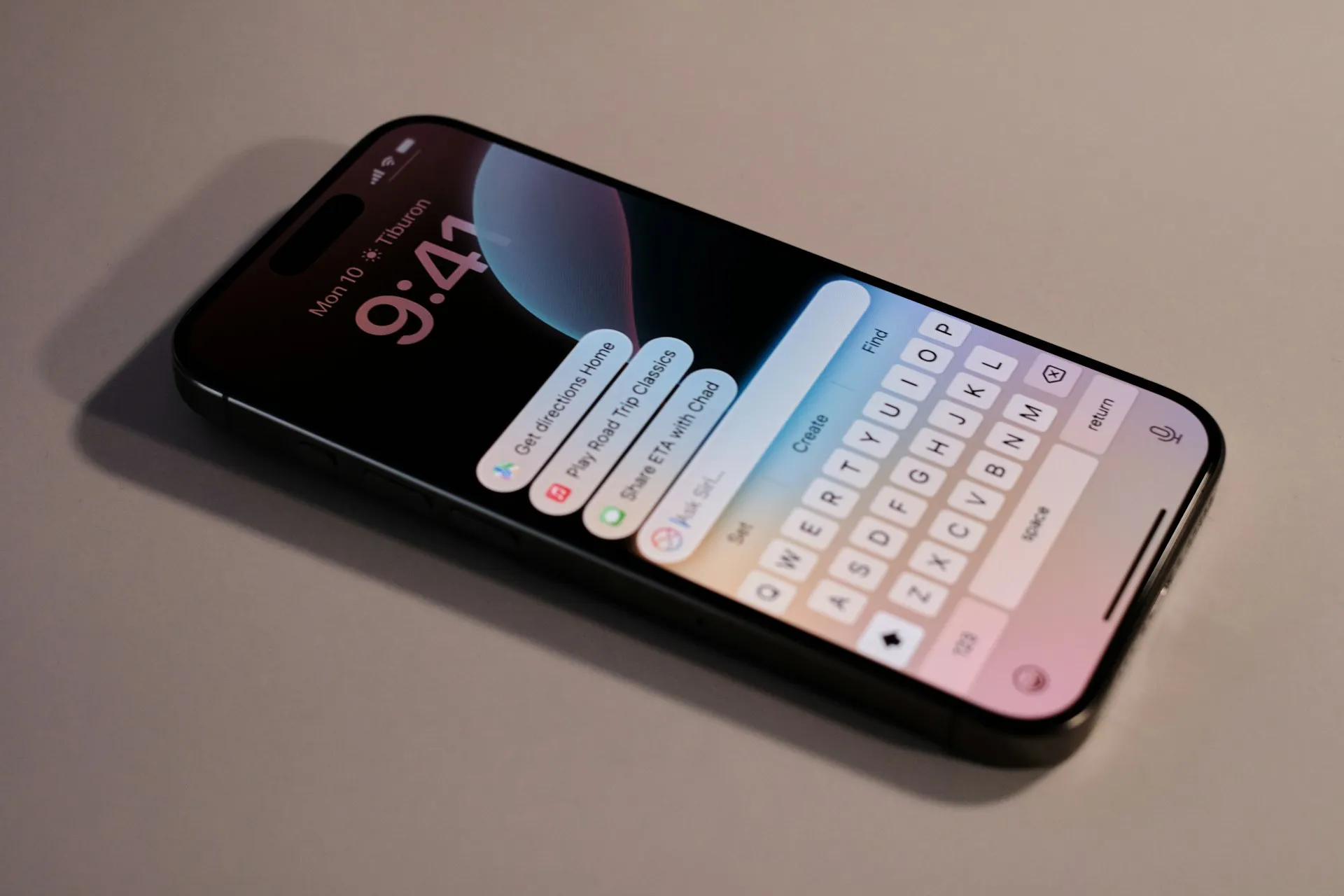

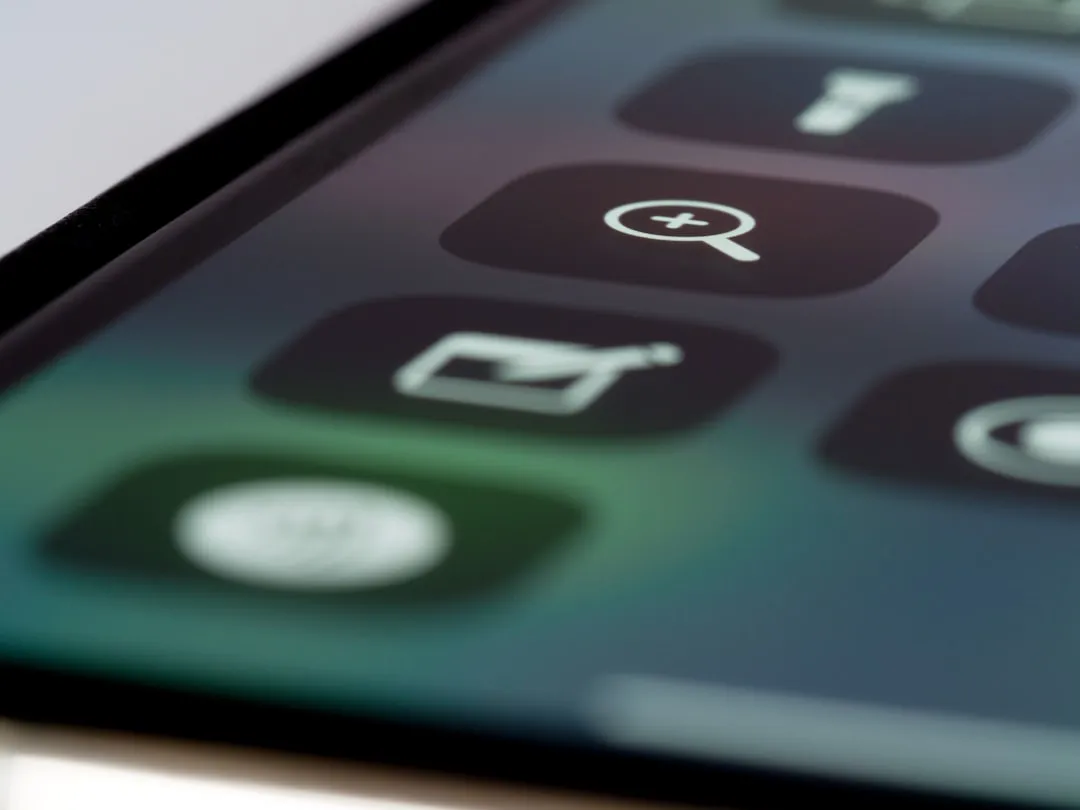
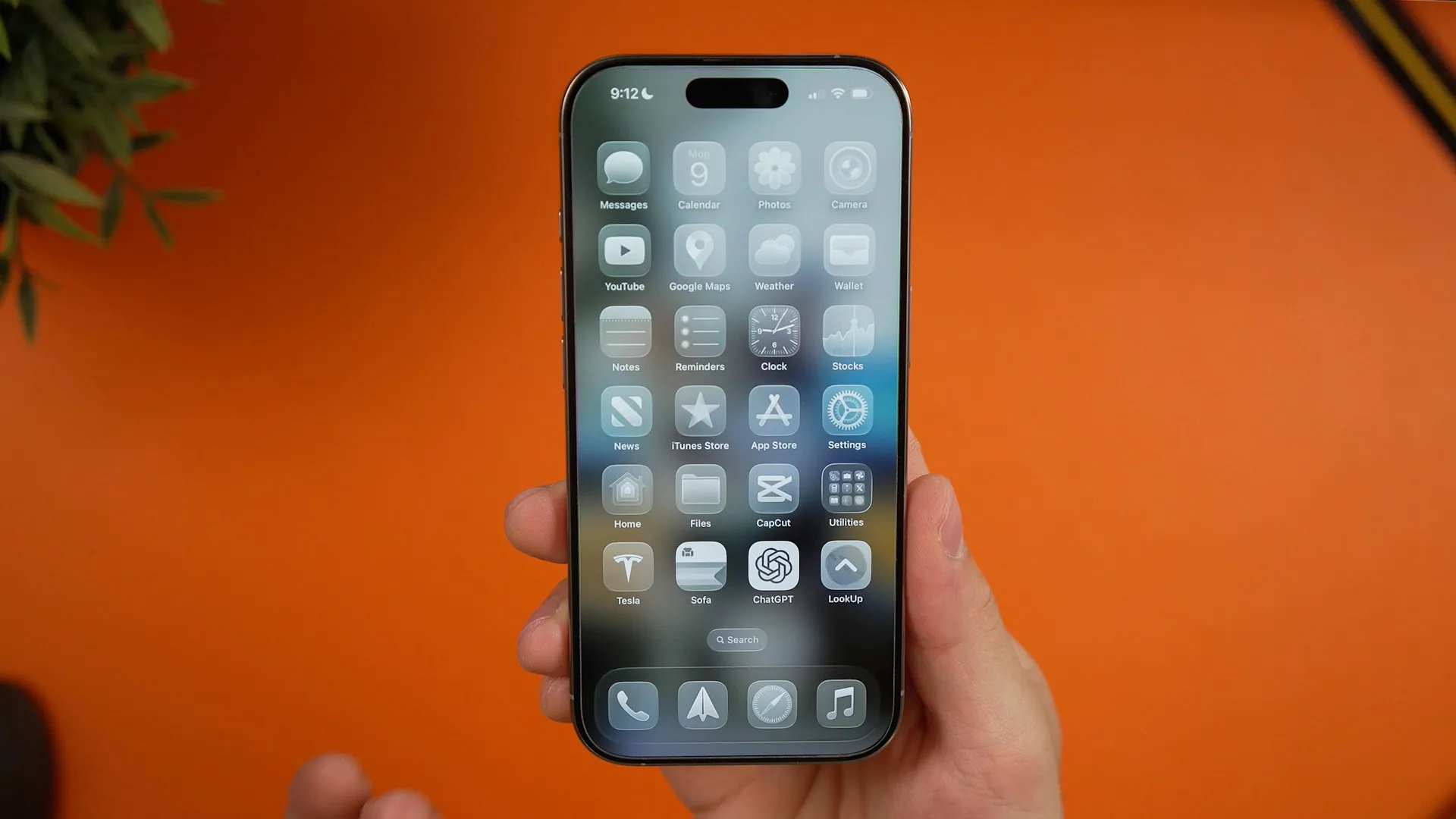
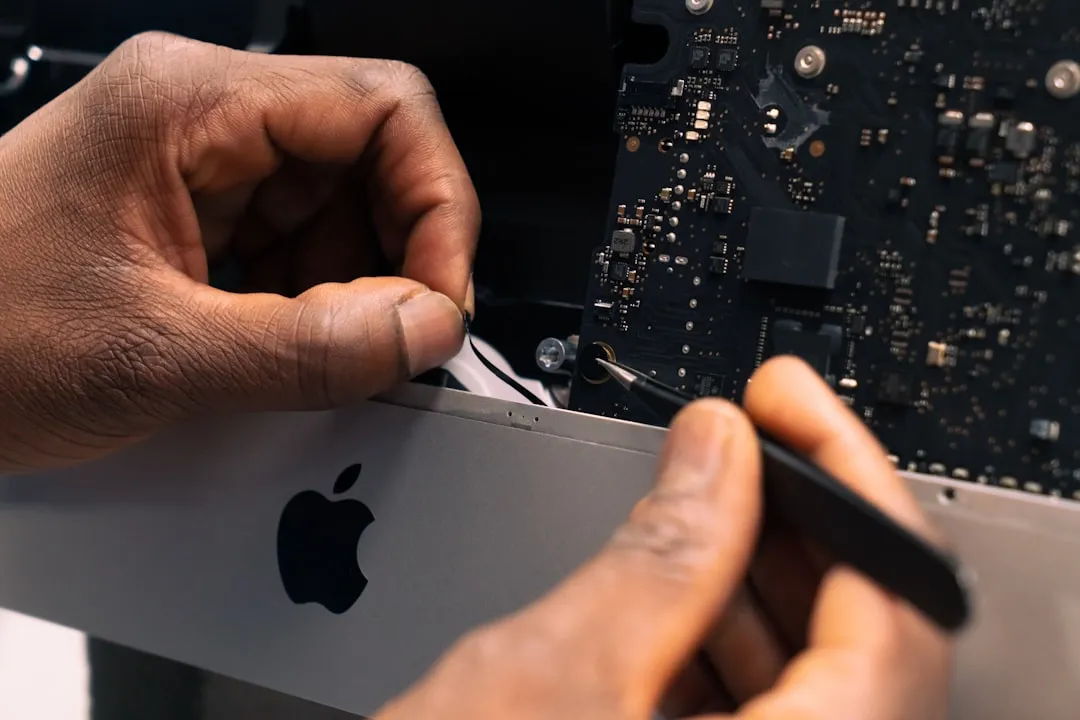
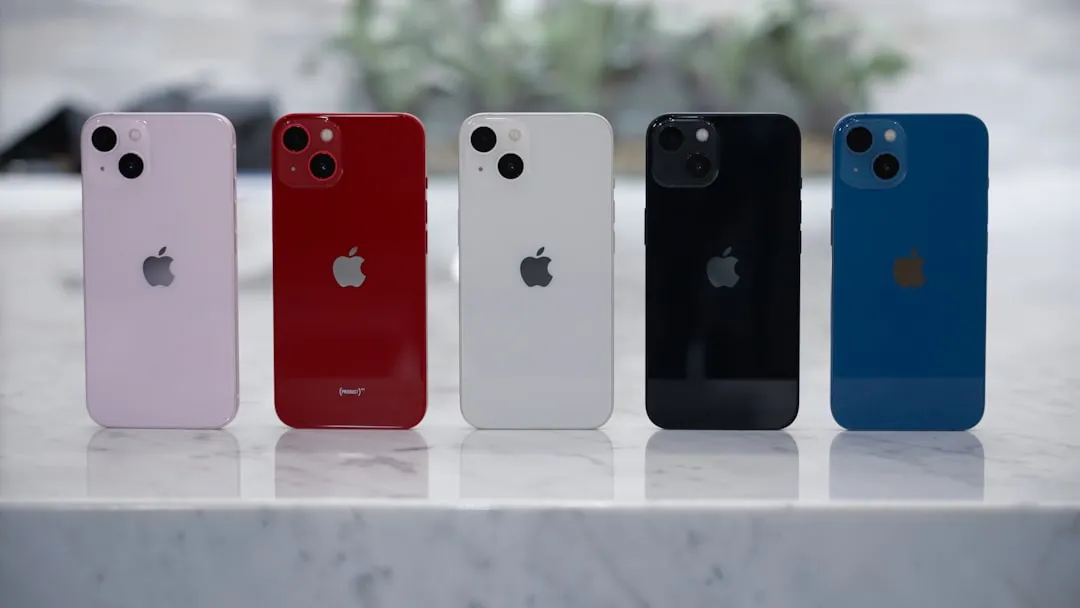
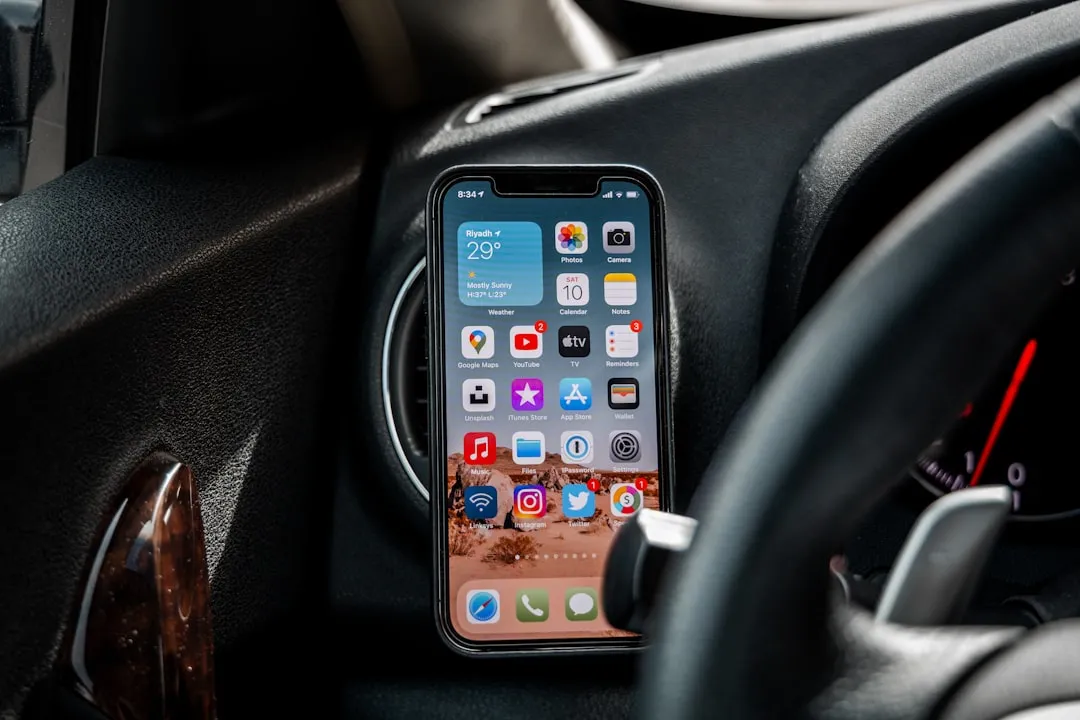


Comments
Be the first, drop a comment!